Africa
African countries will need to quadruple their rate of investment in their power sectors for the next two decades to bring reliable electricity to all Africans, an International Energy Agency (IEA) study published on Friday said.
If African countries continue on their policy trajectories, 530 million Africans will still lack electricity in 2030, the IEA report said. It said bringing reliable electricity to all Africans would require annual investment of around $120 billion.
“We’re talking about 2.5% of GDP that should go into the power sector,” Laura Cozzi, the IEA’s Chief Energy Modeller, told journalists ahead of the report’s launch. “India’s done it over the past 20 years. China has done it. So it’s something that is doable.”
Taking advantage of technological advances and optimising natural resources could help Africa’s economy grow four-fold by 2040 while requiring just 50% more energy, the agency said.
Africa’s population is currently growing at more than twice the global average rate. By 2040, it will be home to more than 2 billion people. Its cities are forecast to expand by 580 million people, a historically unprecedented pace of urbanisation.
While that growth will lead to economic expansion, it will pile pressure on power sectors that have already failed to keep up with demand. Nearly half of Africans – around 600 million people – do not have access to electricity.
Last year, Africa accounted for nearly 70% of the global population lacking power, a proportion that has almost doubled since 2000, the IEA found.
Some 80% of companies in sub-Saharan Africa suffered frequent power disruptions in 2018, leading to financial losses that curbed economic growth.
HARNESSING RENEWABLES
The IEA recommended changing how power is distributed, with mini-grids and stand-alone systems like household solar playing a larger role in complementing traditional grids.
According to IEA Executive Director Fatih Birol, with the right government policies and energy strategies, Africa has an opportunity to pursue a less carbon-intensive development path than other regions.
“To achieve this, it has to take advantage of the huge potential that solar, wind, hydropower, natural gas and energy efficiency offer,” he said.
Despite possessing the world’s greatest solar potential, Africa boasts just 5 gigawatts of solar photovoltaics (PV), or less than 1% of global installed capacity, the report stated.
To meet demand, African nations should add nearly 15 gigawatts of PV each year through 2040. Wind power should also expand rapidly, particularly in Ethiopia, Kenya, Senegal and South Africa. And Kenya should develop its geothermal resources.
Africa also accounted for 41 percent of all natural gas discovered over the past seven years. Natural gas could supply reliable power and fuel industrial growth, but developing the necessary infrastructure must be supported by strong public policy.
Even as it expands energy production to meet the demands of its booming population, the IEA says Africa is expected to remain only a relatively minor producer of the carbon dioxide that causes global warming.
While it now accounts for around 2% of global carbon emissions, that proportion will only rise to 3% by 2040, the study projected.
REUTERS



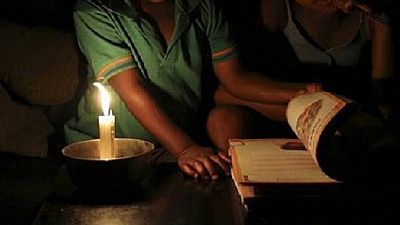



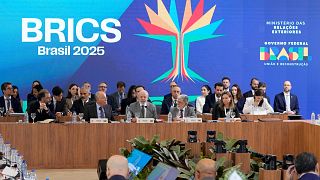
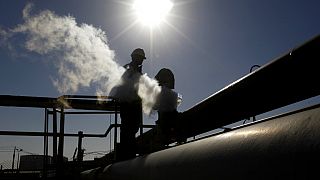
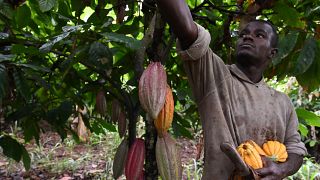

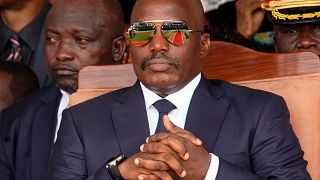
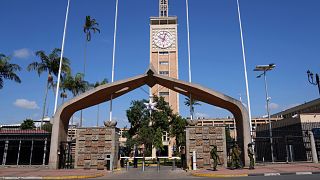
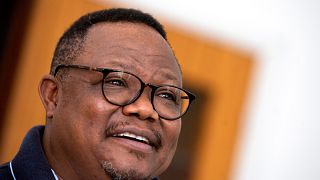
01:16
Africa mourns Pope Francis, a voice for peace and justice
01:14
ECOWAS Meets in Ghana to Tackle Member Withdrawals
Go to video
EU foreign ministers discuss Ukraine, Syria and EU-African relations in Luxembourg.
01:58
Latin American leaders urge unity amid U.S. trade and migration tensions
Go to video
Paris hosts the 4th edition of African Cinema Days featuring Côte d'Ivoire
02:04
Berlin faces colonial past as activists call for change